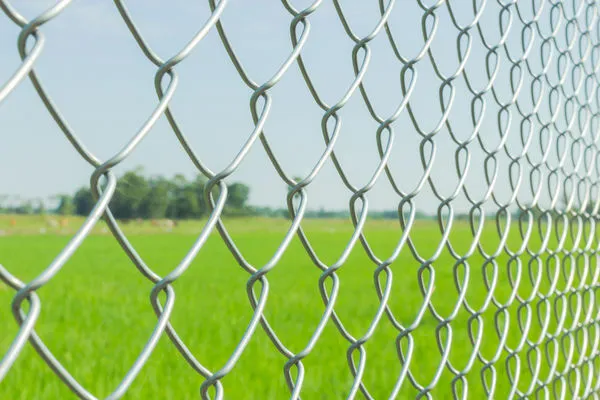Dec . 13, 2024 09:30 Back to list
reinforcement mesh types
Understanding Reinforcement Mesh Types
Reinforcement mesh, commonly referred to as welded wire fabric, plays a vital role in modern construction and civil engineering. Its primary purpose is to provide tensile strength to concrete structures, thereby enhancing their load-bearing capacity and improving durability. This article delves into the different types of reinforcement mesh available, their specifications, and applications.
Types of Reinforcement Mesh
1. Standard Welded Wire Mesh The most common type of reinforcement mesh is the standard welded wire mesh. It consists of a grid formed by an arrangement of longitudinal and transverse wires that are welded together at their intersections. Standard mesh is available in various sizes and specifications, making it versatile for numerous applications, from floor slabs and pavements to precast concrete components.
2. Heavy-Duty Welded Wire Fabric Heavy-duty welded wire fabric is designed for applications that require higher strength. This type of mesh utilizes thicker wires and closely spaced grids to withstand greater loads. It is often used in road construction, industrial floors, and other heavy-duty applications where intense stresses are present. The increased tensile strength offered by this mesh ensures better performance and longevity of the structure.
3. Stainless Steel Mesh For environments that are prone to corrosion, such as coastal areas or chemical plants, stainless steel reinforcement mesh is an ideal choice. This mesh resists rust and chemical damage, ensuring structural integrity in harsh conditions. Stainless steel mesh is often used in marine construction, water treatment facilities, and other projects where moisture and corrosion are significant concerns.
4. Galvanized Wire Mesh Galvanized reinforcement mesh is coated with a layer of zinc to protect it from corrosion. This type of mesh is widely used due to its cost-effectiveness and durability. While not as resistant to corrosion as stainless steel, galvanized mesh provides adequate protection for many applications, such as residential slabs and driveways, where exposure to moisture is limited.
reinforcement mesh types

5. Fiber-Reinforced Polymer Mesh A relatively newer development in reinforcement technology, fiber-reinforced polymer (FRP) mesh combines the benefits of traditional reinforcement with lightweight and corrosion-resistant materials. FRP mesh is ideal for repairing and strengthening existing structures, as it does not add significant weight while providing excellent tensile strength. This type of mesh is increasingly used in retrofitting applications and for specialty projects that require non-metallic solutions.
6. Polypropylene and Glass Fiber Mesh These types of meshes are primarily used for surface applications, including stucco reinforcement and for controlling cracking in thin layers of concrete. Polypropylene and glass fiber meshes help to distribute loads evenly across the surface, preventing localized stress points that can lead to cracks. They are lightweight and easy to handle, making them suitable for various finishing applications.
Applications of Reinforcement Mesh
The application of reinforcement mesh spans multiple sectors of construction and engineering. Common uses include
- Slab-on-Grade Construction Enhancing the structural integrity of ground slabs used in residential and commercial buildings. - Roads and Highways Providing additional support to asphalt and concrete pavement, thereby extending the lifespan of surfaces subjected to heavy traffic. - Precast Concrete Used in the production of walls, beams, and other precast elements to improve strength and reduce the risk of failure. - Repair Works Strengthening and repairing existing concrete structures, ensuring they meet current safety standards.
Conclusion
The selection of the appropriate reinforcement mesh type is crucial for the success of any construction project. Factors such as load requirements, environmental conditions, and the specific application must be considered when choosing the right mesh. With advancements in mesh technology, the options available today integrate strength, durability, and resistance to various stresses, ensuring the longevity and safety of concrete structures. Understanding the different types of reinforcement mesh empowers engineers and builders to make informed decisions that enhance structural integrity and performance.
-
Reinforcing Mesh: Core Material of the Construction Industry
NewsJul.07,2025
-
Welded Wire Fabric Reinvented for Modern Projects
NewsJul.04,2025
-
Superiority of Stainless Steel Woven Mesh
NewsJul.04,2025
-
Key Types of Razor Wire and Their Applications
NewsJul.04,2025
-
Durable Metal Fence Types for Security
NewsJul.04,2025
-
Best Materials for Livestock Fence
NewsJul.04,2025
products.







